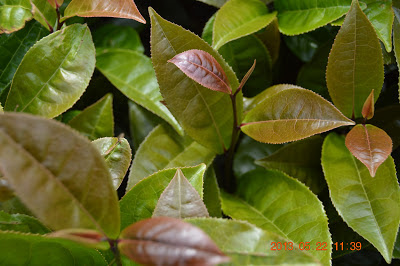You would be forgiven if you thought that Kurume 久留米市 ,a small city in Kyushu, had nothing going for it. Till about a year ago, I had not even heard about it though, unwittingly, over the years I had been using its most famous product.
Recently I got an opportunity to visit Kurume. For such a small place its list of achievements is impressive indeed. Indigo dyed cloth called Kurume Kasuri, invented by a young girl named Inoue Den, is famous throughout Japan. As is ramen noodles and pork soup of Kurume.
Bridgestone tyre company was founded in Kurume. Over the years I had been using tyres from this company without any knowledge of where and how the company had been established. The first Japanese American millionaire, George Shima, was born in Kurume. At one time he accounted for 85% of California's potato crop and was called the Potato King. Singer and actress Seiko Matsuda and TV personality Rena Tanaka are also from Kurume. And these are just a few....there are others.
Not bad for a small city of 300,000 people!
My visit was really short and in this short time I was taken by my friend to see ruins of Kurume castle of the Arima clan. There one can still see the walls built with massive stones and can get an idea of how extensive it must have been. Inside, only Sasayama Shrine remains.
In between we managed to squeeze time for tea and ramen and a visit to the most friendly antique shop. At the end of the day, products made of Kurume Kasuri was in my bag too.
What makes Kurume tick? The university set in its midst? Or the working culture? Can do attitude? Its friendly people? I am not sure but I am pretty sure that it will continue to produce some fine people and products.
Images:
In between we managed to squeeze time for tea and ramen and a visit to the most friendly antique shop. At the end of the day, products made of Kurume Kasuri was in my bag too.
What makes Kurume tick? The university set in its midst? Or the working culture? Can do attitude? Its friendly people? I am not sure but I am pretty sure that it will continue to produce some fine people and products.
Images:
Top: Stained glass window at Kurume station
Second from top: Tea and sweets at a tea room in Kurume
Third from top: A traditional Japanese Torii 鳥居 at the Kurume castle leading to the shrine.
(The gate is symbolic of the transition from the profane to the sacred in a Shinto shrine)
Bottom: Looking down from the castle rampart.
May 2013











